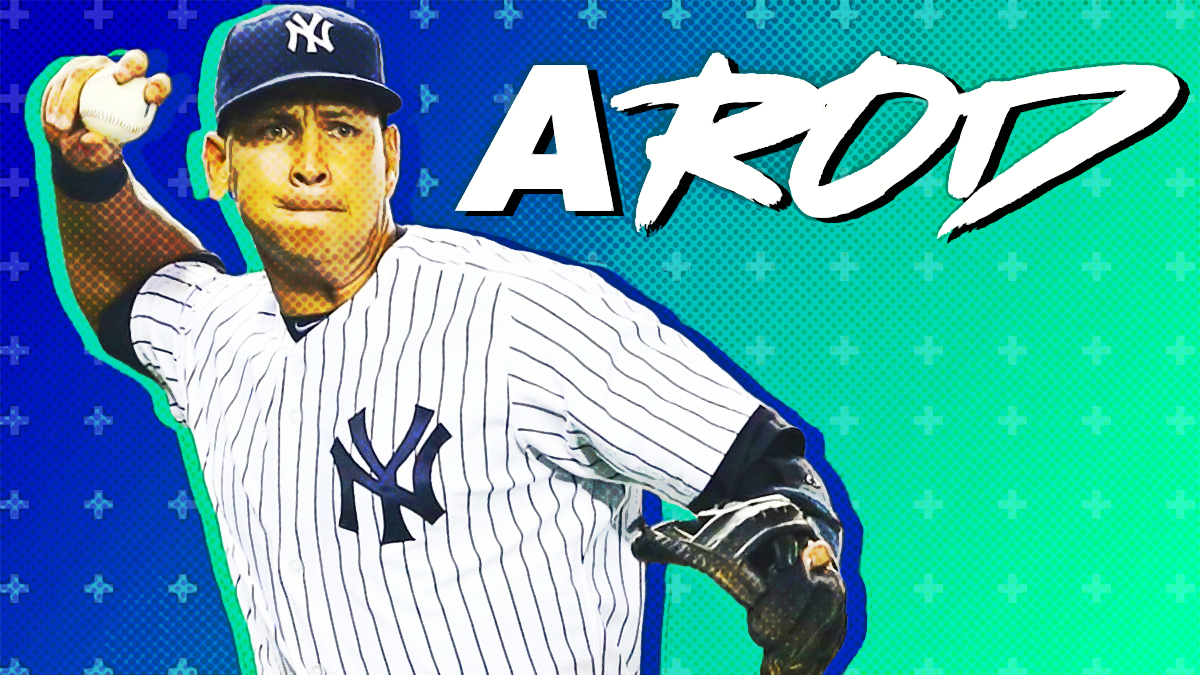THIS DAY IN BÉISBOL May 11: Rafael Palmeiro joins 500 HR Club

In a perfect baseball world, Rafael Palmeiro, the Havana-born slugger with a sweet lefty stroke, would have guaranteed his place among the game’s immortals on this day in béisbol, May 11, 2003.
That’s when the 38-year-old Texas Rangers first baseman became just the 19th player in MLB history — and the first born in Cuba — to become a charter member of the 500 Home Run Club.
But reaching a milestone that at one time punched you an instant ticket to Cooperstown turned out to be a tainted achievement for Palmeiro.
As one of the bigger names caught up in the steroids scandal of the 2000s after testing positive two years after his 500th, Palmeiro — despite his emphatic claims to this day that he did not “knowingly” take PEDs — retired quietly and minus the fanfare befitting the star that he was as fans and even some baseball friends turned against him.
Which is a shame, because juice or no juice, he was one of the best hitters of his generation.
In 2005 he reached another Hall of Fame-worthy mark — 3,000 hits — making him only the fifth player, along with Hank Aaron, Willie Mays, Eddie Murray and Albert Pujols, with memberships in both exclusive clubs.
Unfortunately for baseball, Palmeiro’s generation was rife with great hitters and pitchers who did knowingly take banned substances to get an extra edge, and the 500 Club, once the gold standard of power-hitting excellence, has been forever cheapened.
Of the 12 players who hit their 500th homer after 2000, eight — 75% — have either tested positive, copped to PEDs or were suspected users after their names came up in MLB investigations.
In a game of numbers and percentages, that’s the worst of them all.
And that’s not including a handful of recent Hall of Fame inductees whose stellar achievements have been tarnished by whispers of PED use.
Unfortunately for Palmiero, who longs to see his plaque hanging in Cooperstown some day, he’s living in an imperfect baseball world when it comes to the double standard of the Steroid Era.
While several of his contemporaries have been forgiven for their syringe-related sins and welcomed back to the baseball fold as announcers, analysts, coaches and the like, he still wears a scarlet “S” to this day — and remains at the mercy of the Hall of Fame veterans committee hoping to be forgiven for something he swears he didn’t do.




